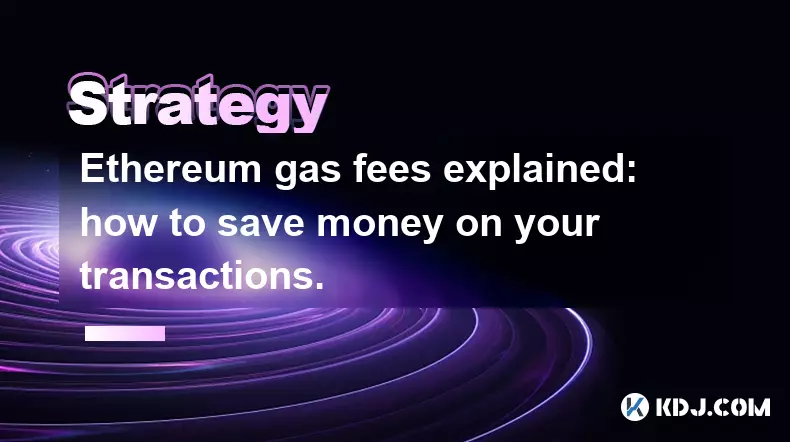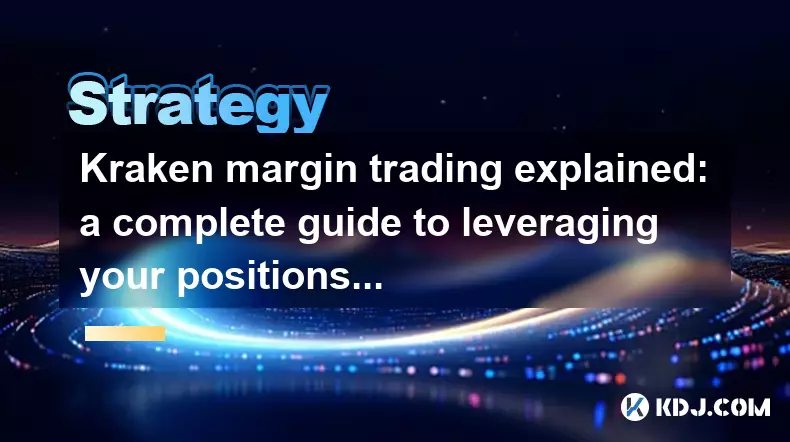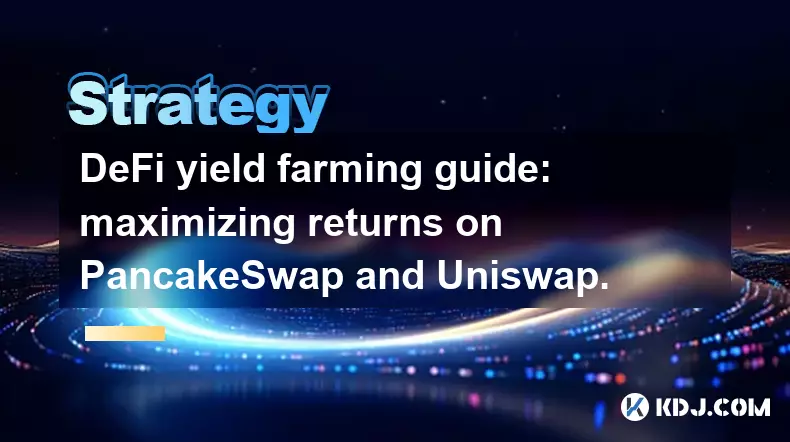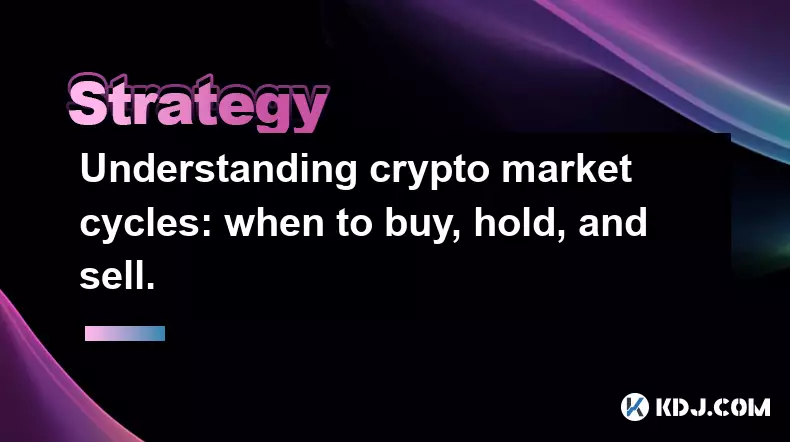-
 bitcoin
bitcoin $107015.826941 USD
-2.18% -
 ethereum
ethereum $3637.352324 USD
-5.18% -
 tether
tether $0.999831 USD
-0.02% -
 xrp
xrp $2.338078 USD
-6.23% -
 bnb
bnb $998.272150 USD
-6.97% -
 solana
solana $167.598257 USD
-10.12% -
 usd-coin
usd-coin $0.999863 USD
0.01% -
 tron
tron $0.282573 USD
-5.09% -
 dogecoin
dogecoin $0.169891 USD
-7.39% -
 cardano
cardano $0.557554 USD
-7.03% -
 hyperliquid
hyperliquid $39.914802 USD
-5.85% -
 chainlink
chainlink $15.414549 USD
-9.97% -
 bitcoin-cash
bitcoin-cash $510.361911 USD
-4.26% -
 ethena-usde
ethena-usde $0.999194 USD
-0.03% -
 stellar
stellar $0.282092 USD
-6.07%
Should I invest in Bitcoin or altcoins?
Bitcoin offers stability and proven adoption, while altcoins provide higher risk and potential reward through innovation and lower market caps.
Aug 13, 2025 at 11:35 am

Understanding Bitcoin and Altcoins
When deciding whether to invest in Bitcoin or altcoins, it's essential to first understand what each represents. Bitcoin (BTC) is the original cryptocurrency, launched in 2009 by an anonymous entity known as Satoshi Nakamoto. It operates on a decentralized network using blockchain technology and is often referred to as digital gold due to its limited supply of 21 million coins and its store-of-value characteristics. Its primary function is to serve as a decentralized currency and a hedge against inflation.
In contrast, altcoins refer to any cryptocurrency other than Bitcoin. This category includes thousands of digital assets such as Ethereum (ETH), Binance Coin (BNB), Cardano (ADA), and Solana (SOL). These projects often aim to improve upon Bitcoin’s limitations by introducing new features such as smart contracts, faster transaction speeds, or enhanced privacy. Some altcoins are built on their own independent blockchains, while others exist as tokens on platforms like Ethereum.
The fundamental difference lies in purpose and adoption. Bitcoin has the longest track record, highest market capitalization, and broadest institutional acceptance. Altcoins, on the alternative, often carry higher risk but also higher potential returns due to their lower market caps and innovative use cases.
Risk and Volatility Comparison
One of the most critical factors in choosing between Bitcoin and altcoins is risk tolerance. Bitcoin is generally considered less volatile than most altcoins, though it still experiences significant price swings. Its large market cap and widespread recognition contribute to relative stability compared to newer digital assets.
Altcoins, however, are typically more volatile. Many are subject to speculative trading, pump-and-dump schemes, and sudden price drops due to lack of liquidity or negative news. For instance, a small altcoin with a market cap under $100 million can see its price surge by 200% in a day and drop by 70% the next. This volatility stems from lower trading volumes and fewer holders.
Investors must assess their ability to withstand such fluctuations. Those seeking a more conservative exposure to cryptocurrency might favor Bitcoin as a foundational holding. Those willing to take on greater risk for potentially outsized gains might allocate a portion of their portfolio to carefully researched altcoins.
Diversification Strategy: Balancing Bitcoin and Altcoins
Rather than choosing exclusively between Bitcoin and altcoins, many investors opt for a diversified approach. This strategy involves allocating a majority of funds to Bitcoin—often 60% to 80%—while reserving a smaller percentage for high-potential altcoins.
To implement this:
- Start by determining your total investment amount.
- Decide on a risk allocation—e.g., 70% to Bitcoin, 30% to altcoins.
- Research altcoins thoroughly, focusing on project fundamentals, team credibility, tokenomics, and real-world utility.
- Use reputable exchanges like Binance, Coinbase, or Kraken to purchase assets.
- Store holdings in a secure wallet, preferably a hardware wallet like Ledger or Trezor.
Diversification helps mitigate risk. If one altcoin fails, the impact on the overall portfolio is limited, especially when Bitcoin serves as a stabilizing anchor.
How to Evaluate Altcoins Before Investing
Before investing in any altcoin, conduct due diligence using the following checklist:
- Whitepaper analysis: Read the project’s whitepaper to understand its purpose, technology, and roadmap.
- Development activity: Check GitHub repositories for regular code updates and community contributions.
- Team transparency: Verify the identities and track records of the founding team and advisors.
- Market demand: Assess whether the project solves a real problem and has growing user adoption.
- Tokenomics: Examine supply distribution, inflation rate, and vesting schedules to avoid tokens with excessive pre-mines or unfair allocations.
- Exchange listings: Being listed on major exchanges like Binance or Coinbase can signal legitimacy and liquidity.
For example, Ethereum stands out due to its active developer community, widespread use in decentralized finance (DeFi), and transition to proof-of-stake. Conversely, an obscure altcoin with no working product and anonymous developers poses a much higher risk.
Practical Steps to Begin Investing
To start investing in Bitcoin or altcoins, follow these steps:
- Choose a cryptocurrency exchange: Sign up on a regulated platform such as Coinbase or Binance.
- Complete KYC verification: Submit government-issued ID and proof of address to comply with regulations.
- Deposit funds: Use bank transfer, credit card, or ACH to add fiat currency (USD, EUR, etc.).
- Buy Bitcoin first: Purchase BTC as a base asset, which can later be traded for altcoins.
- Transfer to a personal wallet: For long-term holding, withdraw assets to a non-custodial wallet.
- Explore altcoin trading: Use BTC or stablecoins like USDT to trade for selected altcoins on the exchange.
- Enable two-factor authentication (2FA): Secure your account using Google Authenticator or Authy.
Always double-check wallet addresses before sending funds. A single incorrect character can result in permanent loss.
Performance and Historical Trends
Historically, Bitcoin has shown consistent long-term growth, with notable bull runs in 2013, 2017, and 2021. Each cycle has been followed by extended bear markets, but the overall trend remains upward. Its dominance in the crypto market often influences the broader sector—when Bitcoin rallies, altcoins frequently follow, sometimes with amplified gains.
During the 2017 and 2021 bull markets, certain altcoins outperformed Bitcoin significantly. For instance, Ethereum rose over 10,000% in 2017, and Solana surged more than 100x in 2021. However, these gains are not guaranteed in future cycles. Some altcoins fail to recover after market downturns, especially those without strong fundamentals.
Market cycles are driven by macroeconomic factors, regulatory news, and investor sentiment. Monitoring on-chain metrics via platforms like Glassnode or Santiment can provide insights into accumulation patterns and market health.
Frequently Asked Questions
Can I buy altcoins directly with fiat currency?Yes, many exchanges allow direct purchases of popular altcoins like Ethereum, Binance Coin, and Cardano using USD or EUR. Smaller altcoins may require trading BTC or USDT.
Is Bitcoin safer than altcoins?Bitcoin is generally considered safer due to its established network, high hash rate, and widespread adoption. It has never been hacked, and its protocol is battle-tested over 14+ years.
What percentage of my portfolio should go to altcoins?This depends on risk tolerance. Conservative investors may allocate 10–20% to altcoins, while aggressive investors might go up to 50%, always ensuring they can afford potential losses.
How do I know if an altcoin is a scam?Warning signs include anonymous teams, promises of guaranteed returns, lack of a working product, and aggressive marketing without technical substance. Always verify claims independently.
Disclaimer:info@kdj.com
The information provided is not trading advice. kdj.com does not assume any responsibility for any investments made based on the information provided in this article. Cryptocurrencies are highly volatile and it is highly recommended that you invest with caution after thorough research!
If you believe that the content used on this website infringes your copyright, please contact us immediately (info@kdj.com) and we will delete it promptly.
- XRP, BlockDAG, and Presales: Decoding the Hottest Crypto Trends
- 2025-11-04 22:50:12
- Noomez ($NNZ): Can Deflationary Tokenomics Deliver a 100x Moonshot?
- 2025-11-04 23:30:02
- $PLAI Token Set to Launch on KuCoin: Mainnet Goes Live!
- 2025-11-04 23:10:02
- Moonwell's Oracle Exploit: A Wake-Up Call for DeFi Price Feeds
- 2025-11-04 23:05:01
- Chainlink (LINK) Crypto Explosion: Will It Hold or Fold?
- 2025-11-04 23:10:14
- Matt Heafy, Sleep Token, and the Metal Purists: A Genre Evolution?
- 2025-11-04 23:15:01
Related knowledge

Ethereum gas fees explained: how to save money on your transactions.
Nov 04,2025 at 04:01pm
Ethereum Gas Fees: Understanding the Basics1. Ethereum operates on a decentralized network where every transaction requires computational power to exe...

Kraken margin trading explained: a complete guide to leveraging your positions.
Nov 04,2025 at 02:19pm
Kraken Margin Trading Overview1. Kraken is one of the most established cryptocurrency exchanges offering margin trading to experienced traders seeking...

NFT flipping for beginners: a step-by-step guide to profitable trading.
Nov 02,2025 at 11:54pm
NFT Flipping Basics: Understanding the Market1. NFT flipping involves purchasing non-fungible tokens at a lower price and reselling them for profit, o...

DeFi yield farming guide: maximizing returns on PancakeSwap and Uniswap.
Nov 05,2025 at 12:20am
Understanding Yield Farming on PancakeSwap and Uniswap1. Yield farming has become a central activity in the decentralized finance (DeFi) space, allowi...

How to find the next 100x altcoin: a fundamental analysis checklist.
Nov 02,2025 at 09:54pm
Decentralized Exchanges Are Reshaping Trading Dynamics1. Decentralized exchanges (DEXs) have emerged as a powerful alternative to centralized platform...

Understanding crypto market cycles: when to buy, hold, and sell.
Nov 02,2025 at 11:19am
Decoding the Rhythm of Crypto Market Cycles1. The cryptocurrency market operates in recurring phases marked by predictable psychological and financial...

Ethereum gas fees explained: how to save money on your transactions.
Nov 04,2025 at 04:01pm
Ethereum Gas Fees: Understanding the Basics1. Ethereum operates on a decentralized network where every transaction requires computational power to exe...

Kraken margin trading explained: a complete guide to leveraging your positions.
Nov 04,2025 at 02:19pm
Kraken Margin Trading Overview1. Kraken is one of the most established cryptocurrency exchanges offering margin trading to experienced traders seeking...

NFT flipping for beginners: a step-by-step guide to profitable trading.
Nov 02,2025 at 11:54pm
NFT Flipping Basics: Understanding the Market1. NFT flipping involves purchasing non-fungible tokens at a lower price and reselling them for profit, o...

DeFi yield farming guide: maximizing returns on PancakeSwap and Uniswap.
Nov 05,2025 at 12:20am
Understanding Yield Farming on PancakeSwap and Uniswap1. Yield farming has become a central activity in the decentralized finance (DeFi) space, allowi...

How to find the next 100x altcoin: a fundamental analysis checklist.
Nov 02,2025 at 09:54pm
Decentralized Exchanges Are Reshaping Trading Dynamics1. Decentralized exchanges (DEXs) have emerged as a powerful alternative to centralized platform...

Understanding crypto market cycles: when to buy, hold, and sell.
Nov 02,2025 at 11:19am
Decoding the Rhythm of Crypto Market Cycles1. The cryptocurrency market operates in recurring phases marked by predictable psychological and financial...
See all articles










































































